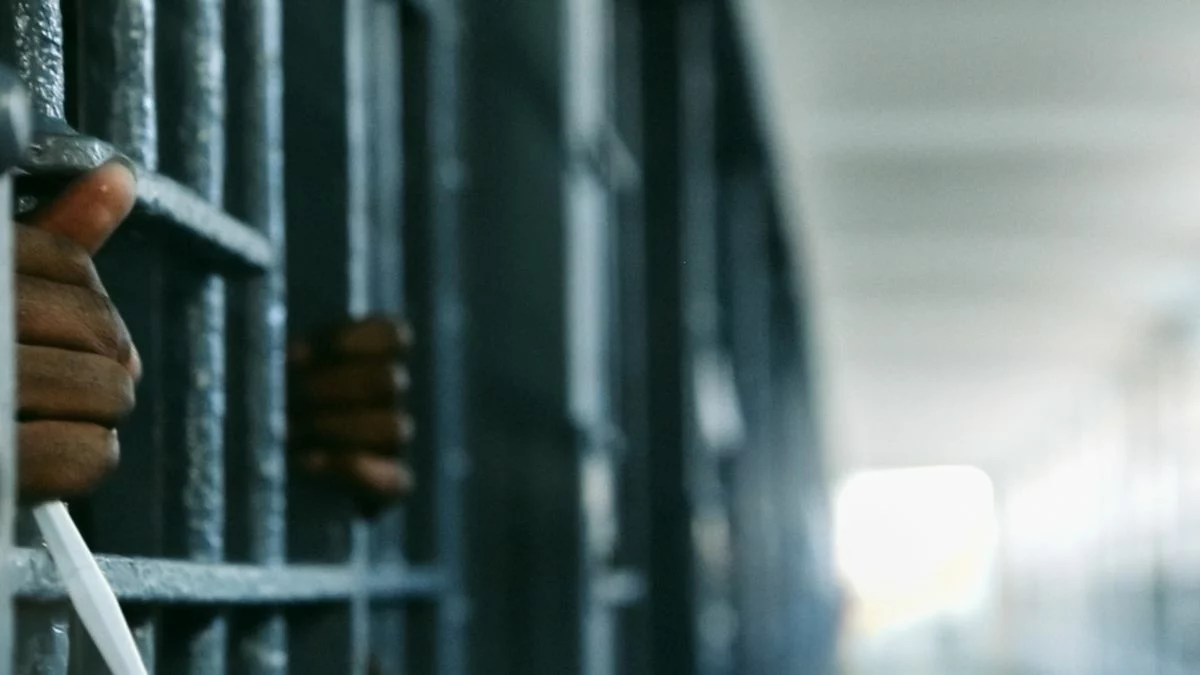Britain's Royal Train To Retire, Ending A Historic Chapter In The Monarchy's Travel History
Saturday, July 5, 2025

In a symbolic moment for the British monarchy, the royal train is set to retire after more than 180 years of service. Originally introduced in the early 1840s when Queen Victoria became the first British monarch to travel by train, the royal train has been a constant symbol of British tradition and grandeur. However, by March 2027, King Charles III will oversee its decommissioning, bringing an end to an iconic chapter in British royal history.
The royal train, which has carried monarchs, senior royals, and dignitaries for nearly two centuries, will be replaced by more modern and cost-efficient travel options. According to the Royal Household’s financial report, the decision to retire the royal train is aimed at securing “best value for public money.” In the future, senior royals will increasingly rely on helicopters and scheduled trains for official engagements across the United Kingdom, including trips between their residences in England and Scotland.
James Chalmers, the Keeper of the Privy Purse — a historical title responsible for overseeing royal finances — spoke about the decision with a sense of reverence and nostalgia. “It will be the fondest of farewells,” Chalmers said, acknowledging the train’s role in national life. Yet, he added, “In moving forward, we must not be bound by the past.” The royal train has certainly been a beloved fixture for the British people, but as times change, so must the methods of travel for the monarchy.
The news of the train’s retirement will resonate strongly in Wolverton, Buckinghamshire, a town that holds a unique connection to the royal train. Since 1842, royal trains have been housed and maintained in Wolverton, making it home to the train’s storied history. Philip Marsh, a senior railway manager, historian, and author of The Full Works, which details the town’s deep ties to the royal train, shared the sentiment of many. “Everybody in Wolverton knows someone who has worked on the royal train, and they’re bloody proud of it,” Marsh said, highlighting the emotional and historical connection the town has with this piece of royal heritage.
Andrea Rossi, the CEO of DB Cargo UK, which has managed the royal train on behalf of the British government for 30 years, expressed his sadness at the news. “This is incredibly sad news,” he said. “Not just for DB Cargo UK, but for the broader railway family too.” Rossi reflected on the pride that drivers and staff have always taken in operating the royal train, describing it as “the most prestigious train in the UK” and “a piece of our national heritage.”
Despite the royal train’s impressive legacy, the current iteration is less lavish than the opulent, gold-lined carriages used in the 19th century. While the earlier versions of the train were known for their velvet furnishings and royal splendor, today’s royal train is more utilitarian. Its interior resembles a 1970s business hotel, with practical fittings that, while secure, have become outdated in comparison to more modern travel options.
Over the years, the royal train has seen notable use during special events, such as the Golden and Diamond Jubilee celebrations of Queen Elizabeth II in 2002 and 2012. During these celebrations, the train toured the country, offering a unique opportunity for the public to see the royal family up close. The royal train also played a key role in the Duke and Duchess of Cambridge’s tour of Britain in December 2020, where they visited various locations to thank key workers for their efforts during the COVID-19 pandemic.
The decision to retire the train was not an easy one, given its long-standing association with the British royal family. However, the growing cost of maintaining such a specialized mode of transportation has raised questions about the train’s practicality in the modern age. The Royal Household’s decision aligns with the broader push for greater transparency and cost-efficiency in the monarchy’s operations, ensuring that taxpayer money is spent responsibly.
While the retirement of the royal train signals the end of an era, the monarchy’s dedication to its public duties remains unchanged. Royals will continue to make their way across the UK, whether by scheduled train, helicopter, or car. The move is part of a broader shift towards more sustainable and accessible travel for the royal family, aligning with the changing times and priorities of the modern era.
For those who have worked on or around the royal train, the news is undoubtedly bittersweet. The train has not only been a tool of royal transportation but also a symbol of tradition, pride, and national identity. Its decommissioning will mark the end of an era, but the legacy of the royal train will surely live on in the memories of those who were part of its journey.
As King Charles III moves forward with the decision to retire the royal train, it marks the conclusion of an iconic chapter in British royal history. The royal train’s journey, which has spanned nearly two centuries, may be coming to an end, but its place in the hearts of the British people will endure.
(: CNN, Royal Household, DB Cargo UK)
«Enjoyed this post? Never miss out on future posts by following us»








